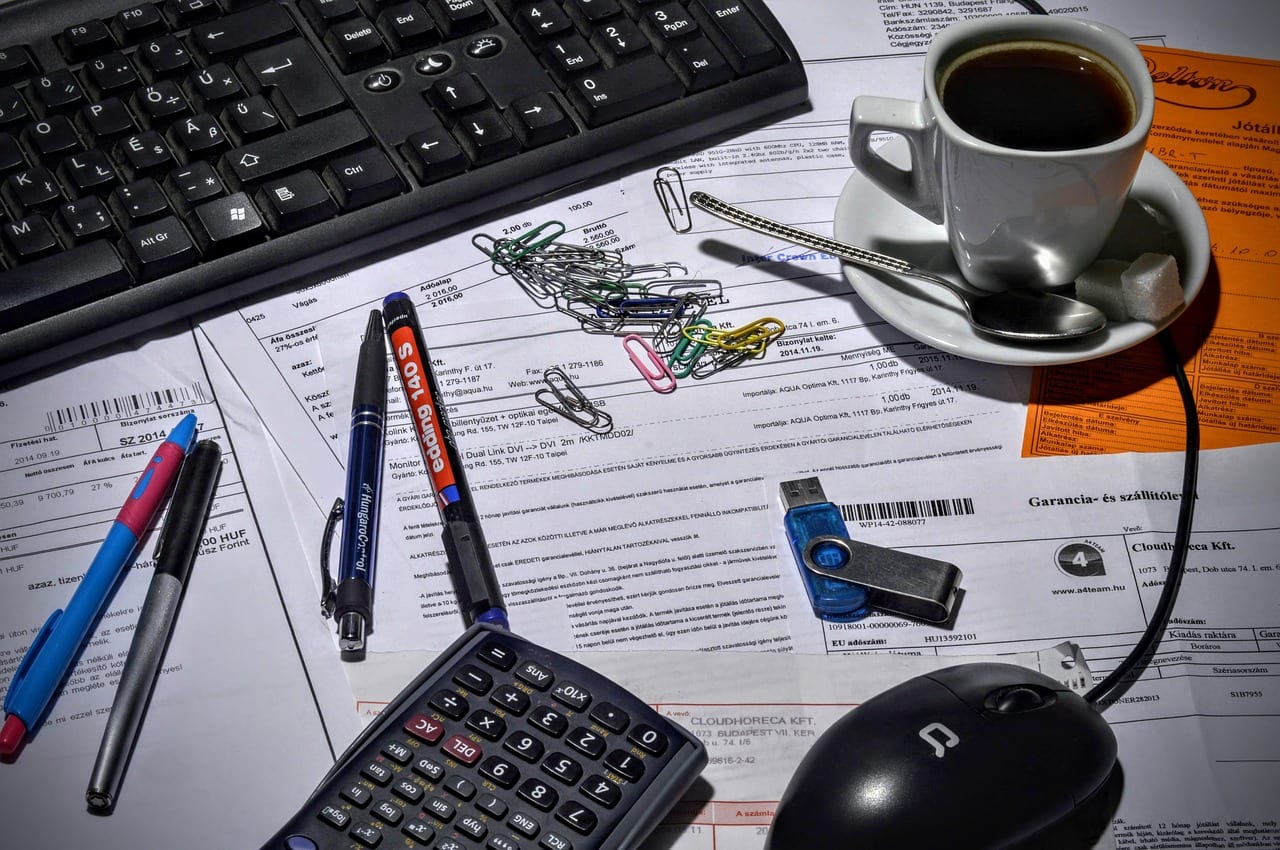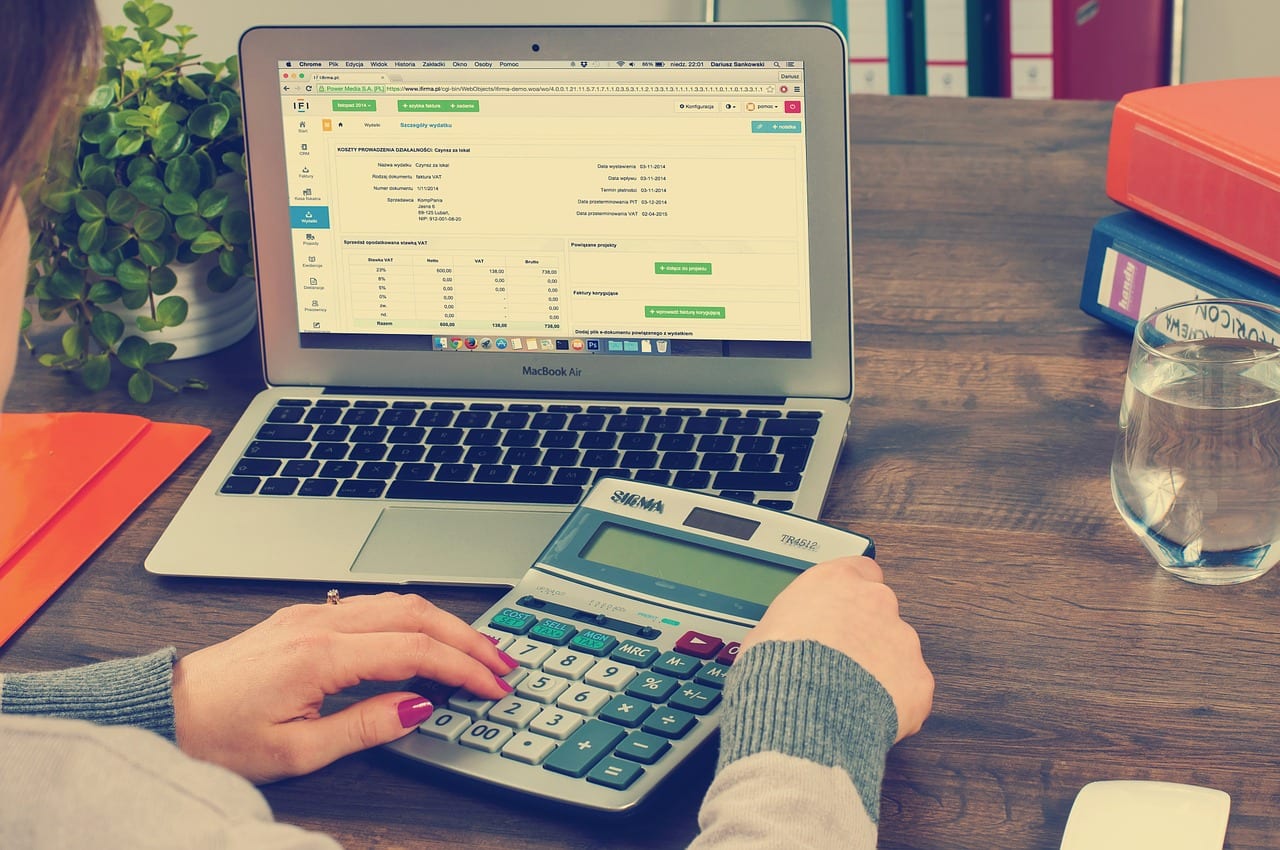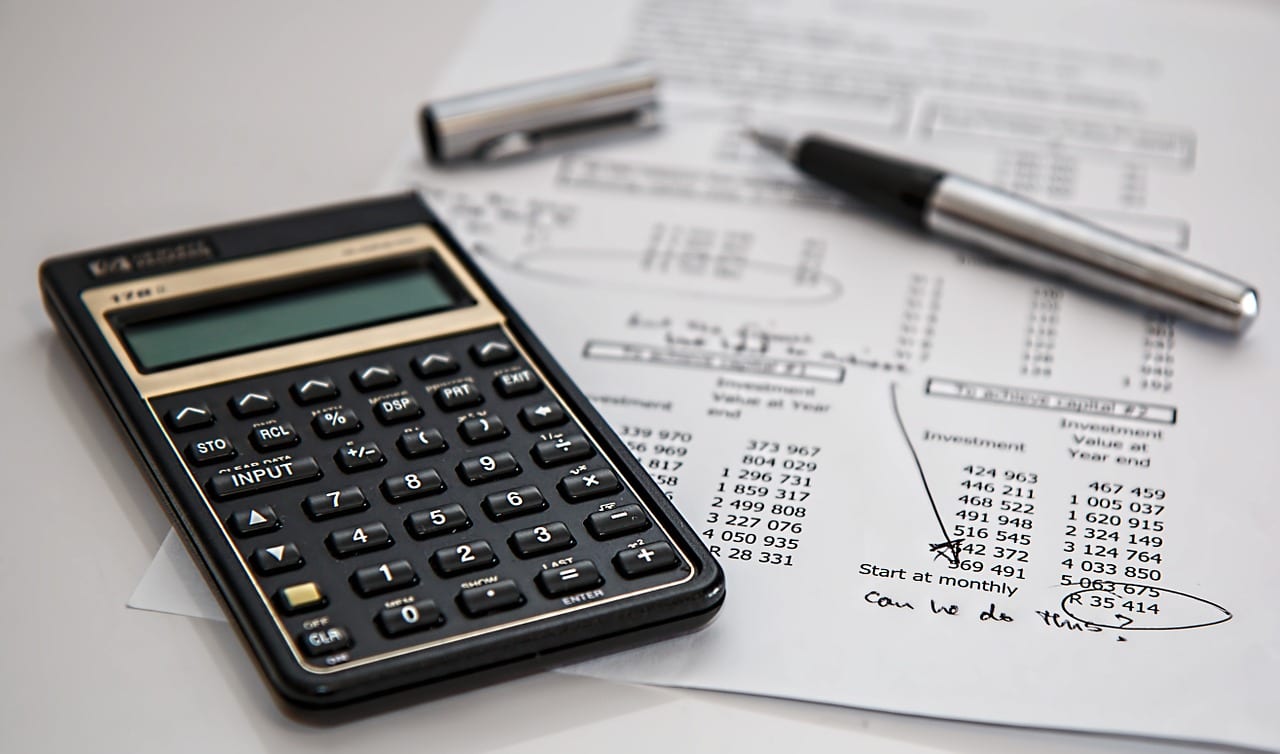
The invoice is a document that is used for any Commercial transaction. That is, when you go to buy a mobile phone, an electronic device or any material good. In which the operation you have performed will be reflected. But now, there is another class of invoices that are derived from a job or service that you have provided to third parties. They are the ones that most interest users and, among other reasons, because on many occasions they do not know how they should be formalized. Because any mistake can have unwanted effects for your personal interests.
The real meaning of what the invoice is is derived from a commercial document that indicates a sale of a good or service and, in addition, includes all the information of the operation. To make it easier for you to understand, it is an accreditation of a commercial operation, whatever it may be. To the point that you have gone through both parts of this process. In other words, you will have issued and received all kinds of invoices for a good part of your life.
It is therefore very important that you know how to formalize the invoice correctly and do not make mistakes in its writing. For this to be so, nothing better than a very simple explanation of how you should formalize this document from now on. It will be very useful in your daily life and it will also be useful to apply them in any area of life. Not only in your professional field, but also in certain aspects of your private life, as you will see below.
Drafting the invoice
There is a series of data that should never be missing when you go to prepare an invoice. With various modules that are duly differentiated and that we are going to present you now with the most basic data that must be incorporated into this document so common among all citizens.
- Invoice issuer details: you must include the following information such as names and surnames, address and NIF or CIF. It is also advisable that you add a contact telephone number in case an incident arises that requires your clarification.
- Number: this is where a good part of the errors on the part of the users resides. Because these numbers must be correlative with respect to the invoice. Do not forget that they must be ordered progressively (1,2, 3, 4 ...) within the same fiscal year. To start over with the process with the change of the new year.
- Date: it is as clear as expressly putting the day of issuance of the invoice. In this sense, a very practical advice is that they are correlated with the invoice number. It is desirable that there are no divergences in each of the months covered by these documents.
Other data in the document

The above, if important, are not the only entries that should be reflected in this class of accounting documents. There are others that will also appear in your writing and that you cannot forget when making an invoice of these characteristics. As the following data below we point you in this information:
Concept: you must give an explanation about the origin of the invoice that you are going to issue or send to third parties. As for example, putting that it is a product or service. And of course, you must detail the period in which you do it. “Translation services performed in the month of April” may be one of the reasons that explain the function of this section.
Tax base: You will have no choice but to quantify all the taxes that are linked to this invoice. Where both the Personal Income Tax (IRPF) and VAT may not be missing in the accounting of the amounts demanded.
Tax withholdings: in the case of self-employed workers, that is, the self-employed, it will be necessary to specify what is the withholding that should be applied for your work services. It is stipulated, depending on the terms, at 7% and 15%. You must know which of these two amounts is the one that corresponds to you to put on the invoice.
IVA: in any case it is an optional information depending on your professional situation. This is the amount of the Value Added Tax that you must collect on the invoice. Normally it corresponds to 21%. But in some very specific cases the invoice may be linked to a reduced or even exempt VAT rate. It will also depend on the situation you are in as well.
The amount to be charged

Once you have correctly filled in all these sections of the document, you will only have to arrive at the final amount, which is the amount that you will have to pay or receive as a result of the service or work performed.
- Total: It is very easy to calculate since it involves subtracting all taxes (personal income tax and VAT) from the tax base that corresponds to you. And whose result will be the liquidation value of the operation. Without many complications to reach this result of the process that we have explained previously.
- Payment method: in this section you will only have to express which is the payment system you want to specify. Although the most common thing is that you put the current account of which you are the holder, other models are also allowed. As for example, the new payment systems through the Internet or other alternative formats. Of course, there are no limitations and you can put the one you really want yourself. No one can impose another on you. Do not forget it from now on.
How to calculate personal income tax?
This is a very important operation within the invoice. Among other reasons because its retention only carried out by professional freelancers. Self-employed workers and companies do not have to make such withholding under any circumstances. So that you know which of them really corresponds to you, nothing better that you take into account the following explanation.
The Personal Income Tax can be general or reduced depending on your general conditions. Therefore, what will be yours?
- Reduced personal income tax for new self-employed: you will have to pay 7% up to the first 18 months as a professional under these conditions in your current personal situation.
- General income tax for self-employed professionals: in this case it will be 15% in all cases and situations and they are no exception. Usually it is the one that you have to apply if there are no other conditions that say the opposite.
As you may have seen, step by step, the difficulties will not be very important, although if it is the first time you do it, you may have some other complication when preparing this document that we are dealing with. You will only have some details left so that everything is correct. Because it is at the end of the day what it is all about.
Real VAT calculation

It remains to quantify what is the Value Added Tax that you will have to put on the invoice. As long as you have to notify it since not in all cases it will be mandatory, as we have commented previously. Because don't forget that there is no same VAT rate. If not on the contrary, several depending on the professional activity to which this document is linked in the workers' accounting. They are the following that we expose you below:
- Super reduced VAT: corresponds to 4% and is destined for bread, milk, fruits, cereals, cheeses, books, newspapers and non-advertising magazines, medicines, wheelchairs, and prosthetics, among other concepts.
- Reduced VAT: in this case it rises to 10% and includes, among other concepts, food in general, transport, plants and even amateur sports shows.
- General VAT: it is the highest of all since it reaches 21%. Its application links to almost all products and services, except those that are included in the super-reduced or reduced VAT.
Finally, it may also happen that you do not have to create invoices in this type of Value Added Tax. That is to say, that you are exempt of its corresponding subscription. However, it is really complicated that you have to issue an invoice with these characteristics. That is, you will not have to apply this tax rate under any circumstances.
In any case, and without realizing it, you will have come to the conclusion that you have issued an invoice practically without realizing it. Not in vain, its complexity is minimal with respect to other types of documents that require greater accounting knowledge. In addition, once you have made one, it will be useful for everyone because the variations are very few from one to another.
On the other hand, it will be a very helpful tool in the event that you have registered as a self-employed worker or, on the contrary, you have decided to create your own company or even a limited company and start your own company. Because in all these situations you will necessarily need to prepare a receipt of these characteristics. Although of course it will not cost you excessive effort in its writing to send it and reach its recipient in perfect condition. Which is at the end of the day what it is.